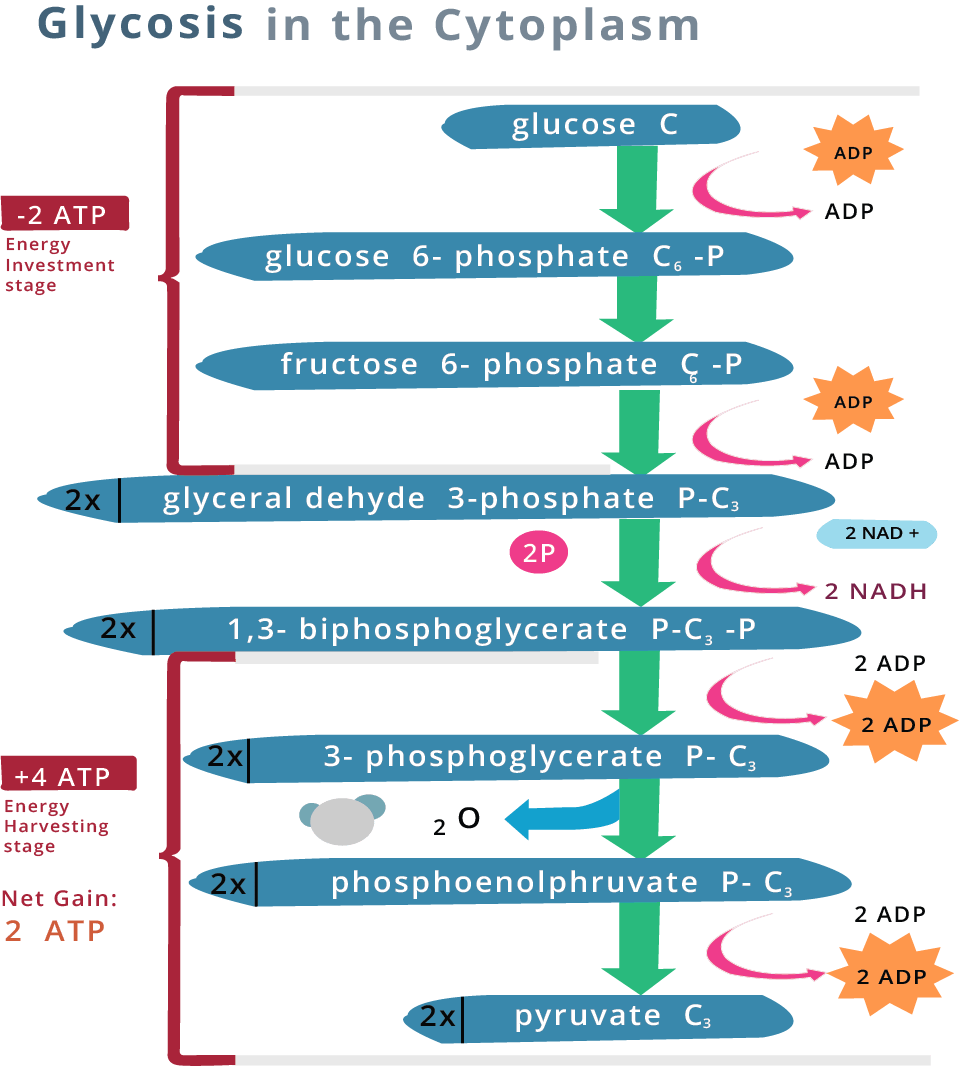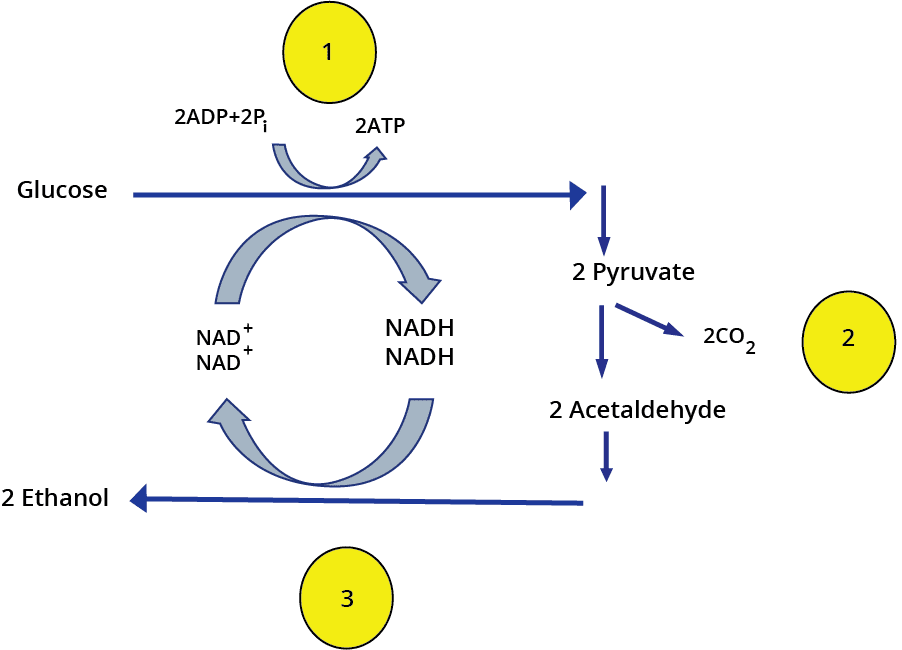CBSE Class 11 Biology Chapter-12 Important Questions - Free PDF Download
FAQs on Important Questions for CBSE Class 11 Biology Chapter 12 - Respiration in Plants
1. What are the basics of Class 11 Biology Chapter 12?
Class 11 Biology, Chapter 12 - 'Respiration in Plants' deals with the study of the process of respiration and the release of energy for growth in plants. The chapter begins with the concepts of respiration, cellular respiration and the respiratory quotient. Then, the chapter discusses the meaning of aerobic respiration and the process of Glycolysis. Next, terminal oxidation and the electron transport chain are discussed. Then, the differences between oxidative phosphorylation and phosphorylation; fermentation and aerobic respiration are discussed. The chapter concludes with the topic of the amphibolic pathway.
2. How respiration takes place in plants Class 11 Biology?
As discussed in Class 11 Biology, Chapter 12 - 'Respiration in Plants,' the process of photosynthesis produces sugar in plants as a by-product. When this sugar combines with oxygen it results in the release of energy which helps in the growth of plants. The process of respiration takes place in the mitochondria of the cell where oxygen is not present, and it is known as anaerobic respiration in plants. This is how the process of respiration takes place in the plants.
3. What do plants release during respiration Class 11 Biology?
Class 11 Biology, Chapter 12 - 'Respiration in Plants' discusses that plants release oxygen and intake carbon dioxide in the process of photosynthesis. Around half of the carbon dioxide captured during photosynthesis is released by the plant in the process of respiration. Thus, during the process of respiration in plants, carbon dioxide is utilized and three substances are released- oxygen, energy molecules in the form of ATP and water.
4. Where can I find the important questions for Class 11 Biology Chapter 12?
You can easily find the most important questions for Class 11 Biology, Chapter 12 - 'Respiration in Plants' by referring to Vedantu's Important Questions for this chapter. Here, questions from the most important topics and concepts are being covered allowing students to prepare better. The PDF of these important questions can be downloaded free of cost from the vedantu website (vedantu.com). This is the best compilation of the most important questions because it is prepared after an in-depth analysis of the past year Biology question papers and the revised CBSE Biology syllabus.
5. What are some tips to learn and ace Class 11 Biology Chapter 12?
The first step to ace Class 11 Biology, Chapter 12 - 'Respiration in Plants' is to thoroughly study it from the NCERT. Aim for conceptual understanding by reasoning whatever you come across in the chapter. Next, solve all the NCERT questions and then refer to Vedantu's Important Questions for this chapter by visiting the page Important Questions. Practice all the diagrams given in the chapter and revise the chapter at least 2-3 times before appearing for the exam. All the study material can also be accessed through the vedantu app. If you follow this strategy, success is all yours in the Class 11 Biology exam.



























